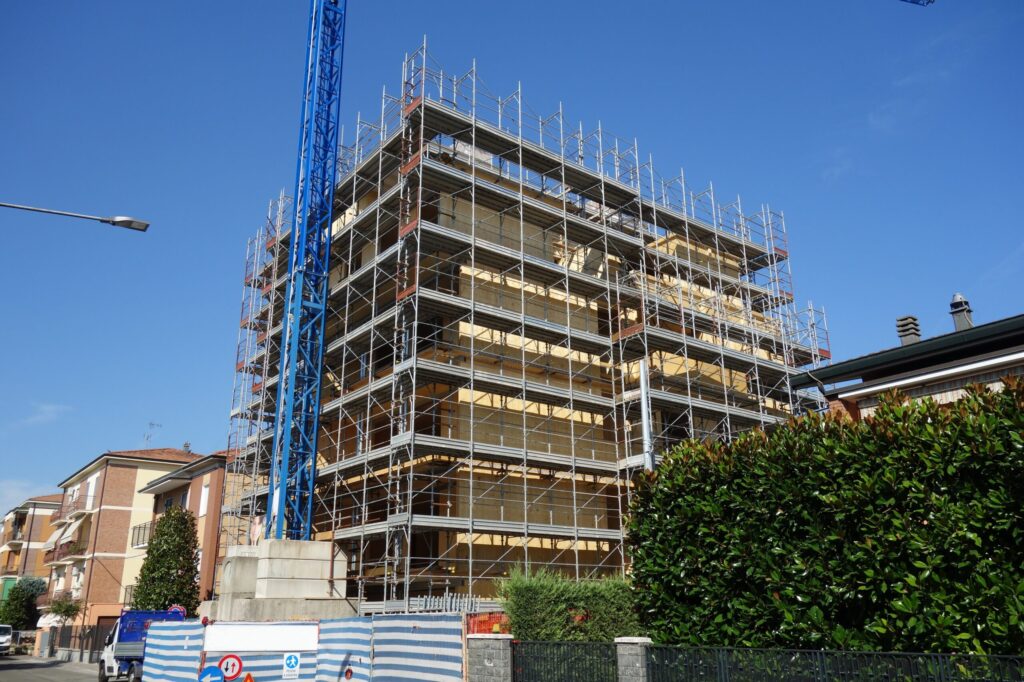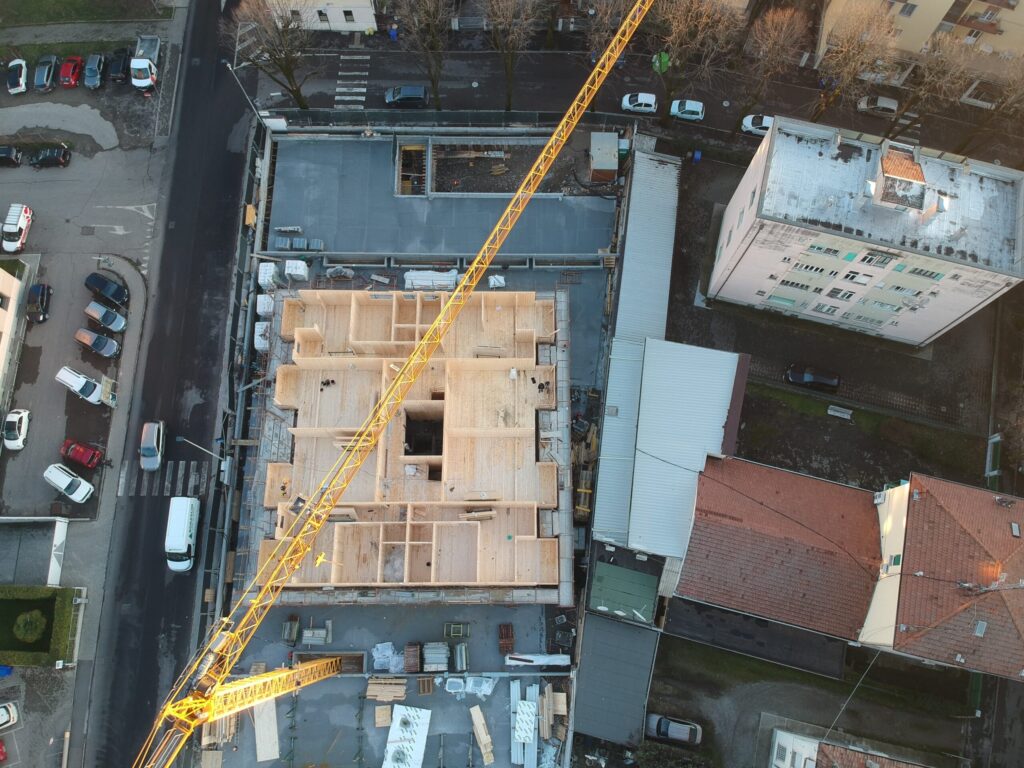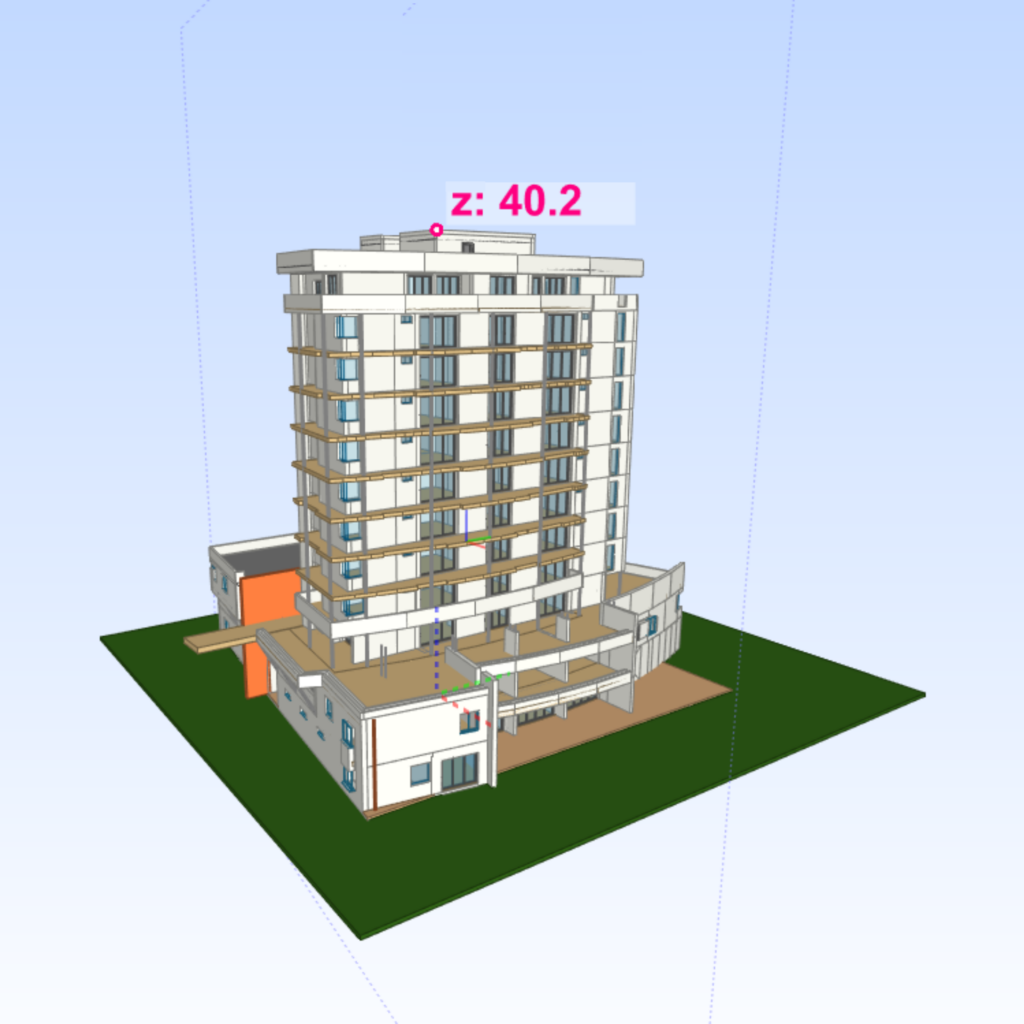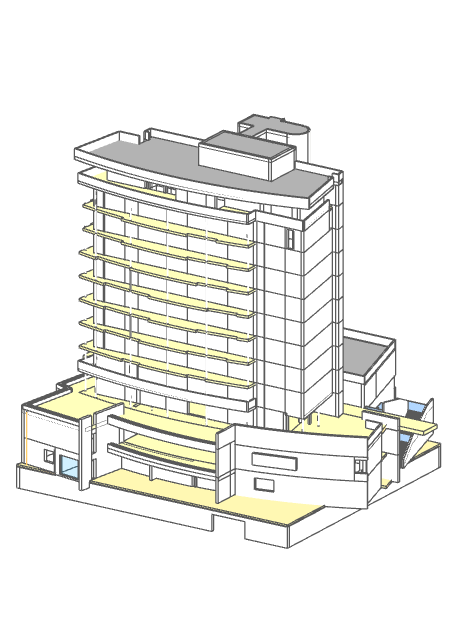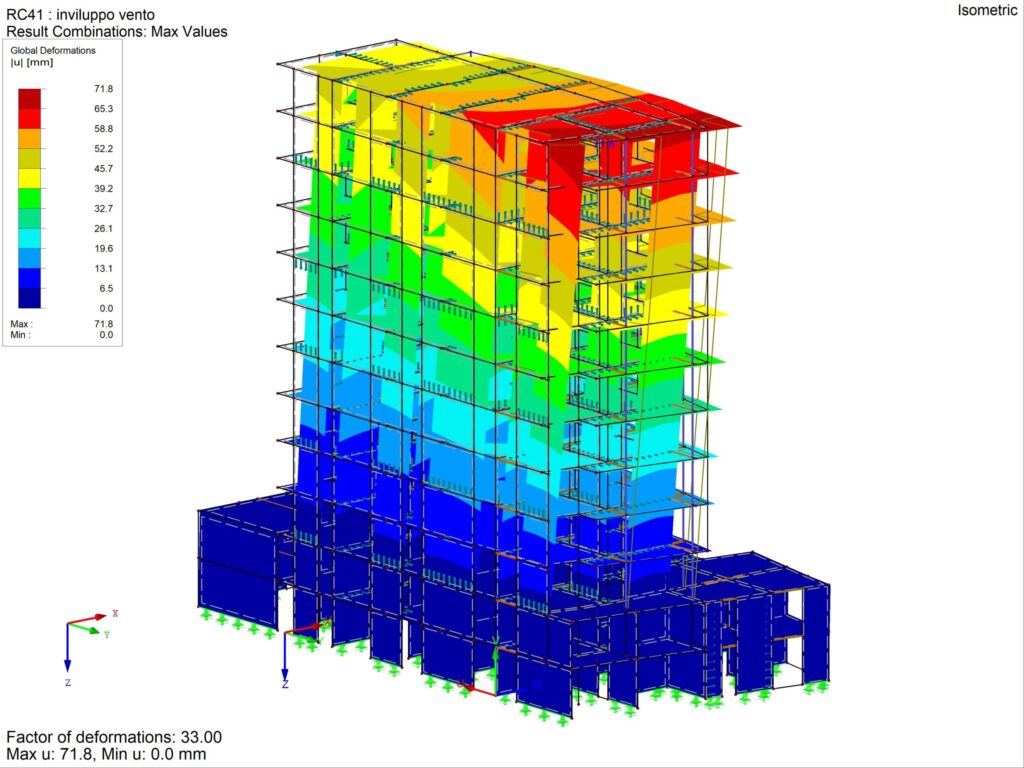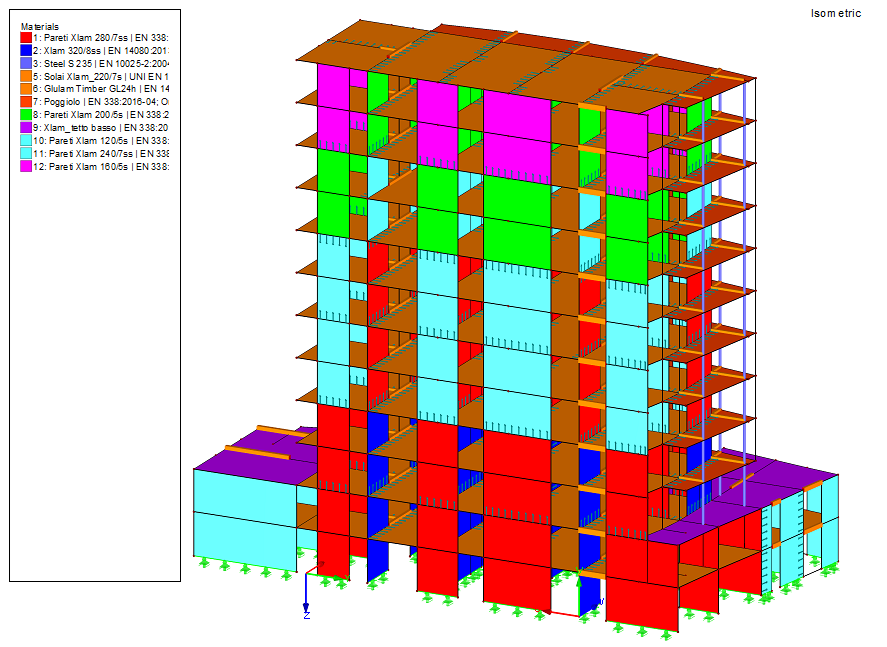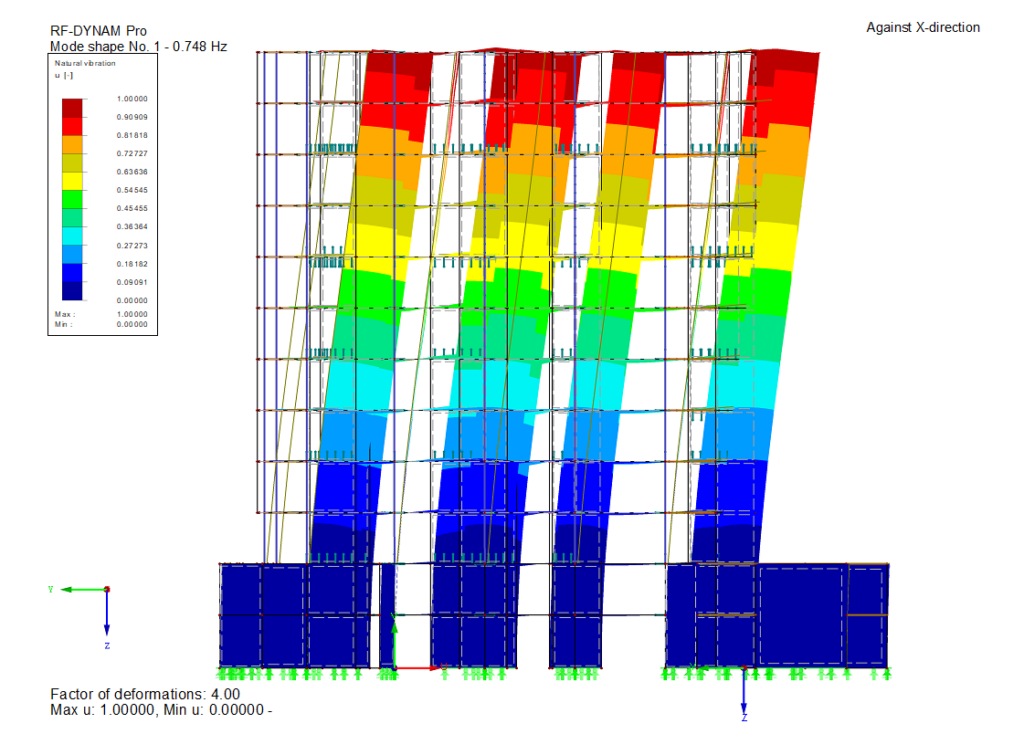Introduction: The Debate Around Tall Timber Buildings
The current landscape of the construction industry is witnessing a lively debate over the development of tall timber buildings, with many stakeholders striving to claim the title of the tallest structure. While this race for height is intriguing, it’s essential to focus on the official criteria set forth by the Council on Tall Buildings and Urban Habitat (CTBUH). These criteria provide a clear framework for defining different types of tall structures, including those made from mass timber.

Clarifying Structural Definitions: Timber vs. Composite
According to the CTBUH, a building can only be classified as a “Mass Timber” structure if its main vertical and lateral structural elements, along with the floor spanning systems, are constructed entirely from timber. This means that if a tall timber building incorporates a concrete core to resist lateral forces, it should be called a “Composite” structure, not a “Mass Timber” building. This distinction is crucial for transparency and accuracy within the industry. The CTBUH has created a specific document detailing these criteria, available for free here: Height Criteria.
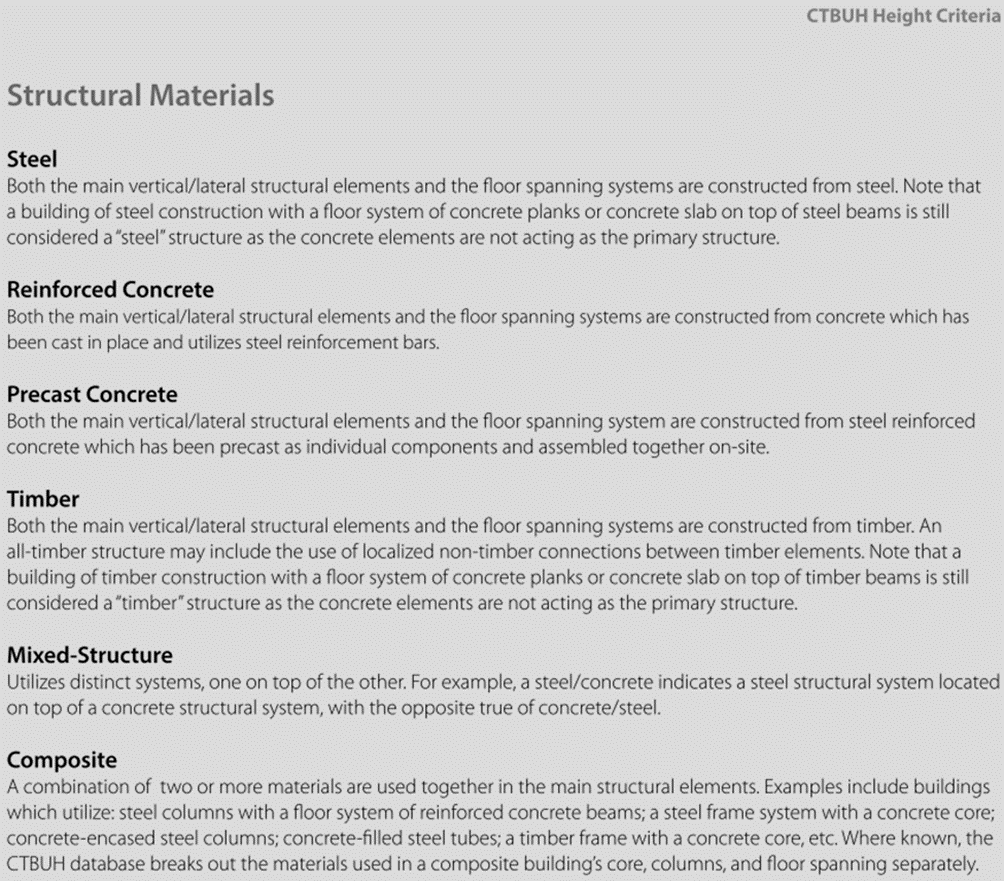
The Need for a Holistic Approach in Design
At Ergodomus, we believe that designing tall timber buildings demands a comprehensive and meticulous approach. The industry must address numerous aspects, not solely structural concerns. Adopting a super holistic approach is necessary, therefore emphasizing detailed planning and execution. Detailing, in particular, is crucial to ensure that every aspect of the design is accounted for and executed flawlessly.
The Potential and Challenges of Mass Timber
Mass timber has the potential to be a game-changing material in the construction industry, offering sustainability and efficiency benefits. However, to unlock its full potential, a deep understanding and extensive knowledge are required. Value engineering Mass Timber to make it the most cost-effective option involves rigorous study and experience. Developing this expertise is a time-intensive process that demands dedication and commitment.
Environmental Benefits of Mass Timber
Using mass timber in construction is not only innovative but also highly beneficial for the environment. Timber is a renewable resource that sequesters carbon dioxide, thereby reducing the overall carbon footprint of the building. Sustainable forestry practices ensure that the use of timber contributes to forest regeneration and biodiversity. By opting for mass timber, we are supporting eco-friendly building practices that promote a healthier planet.
If you’d like to read a bit more in depth about the environmental benefits of Mass Timber take a look at our article Timber’s CO2 sequestration potential for a greener future.
Our Commitment: Engineering the Tallest Timber Building in Italy
At Ergodomus, we are proud to announce our involvement in engineering the tallest timber building in Italy. This 11-storey structure, made from Cross-Laminated Timber (CLT) and Glue-Laminated Timber (GLT), will not use a concrete core to resist lateral forces, sticking strictly to the principles of Mass Timber construction. The building will also feature a fire rating of 90 minutes, a critical safety measure we will discuss in greater detail in upcoming technical articles. With almost 20 years of experience in the industry, we are confident in our ability to deliver high-quality, innovative timber engineering solutions.
Located in Latina, a province near Rome, this impressive structure is part of the “A Gonfie Vele” project. Standing at over 40 meters tall (about 131 feet), it will become the tallest Mass Timber building in Italy. To put its height into perspective, consider that the Colosseum in Rome is approximately 48 meters (about 157 feet) tall.
With its towering 40 meters, this landmark will set a new standard for mass timber construction in Italy. Take a look at the project here.
Stay tuned for more updates as the project progresses!
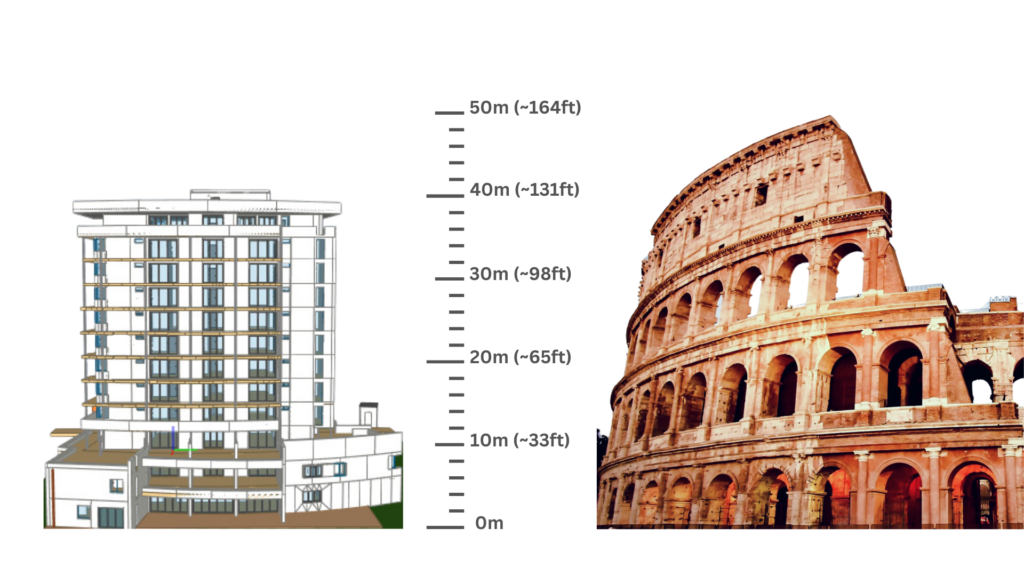
Conclusion: A Call for Precision and Integrity
This article aims to clarify what constitutes a tall and mass timber building based on official CTBUH criteria, fostering a more informed and balanced discussion within the industry. We stress the importance of accuracy and integrity in defining these structures to avoid misunderstandings and promote best practices. Our goal is not to engage in the race for height but to ensure that every tall timber building is designed and constructed with the highest standards of safety, efficiency, and sustainability in mind.If you are an architect, engineer, builder, developer, or manufacturer looking to explore the potential of tall mass timber buildings, contact us. With our extensive experience and commitment to excellence, we are ready to help you engineer groundbreaking and sustainable timber structures. Let’s work together to push the boundaries of what’s possible in timber engineering.
